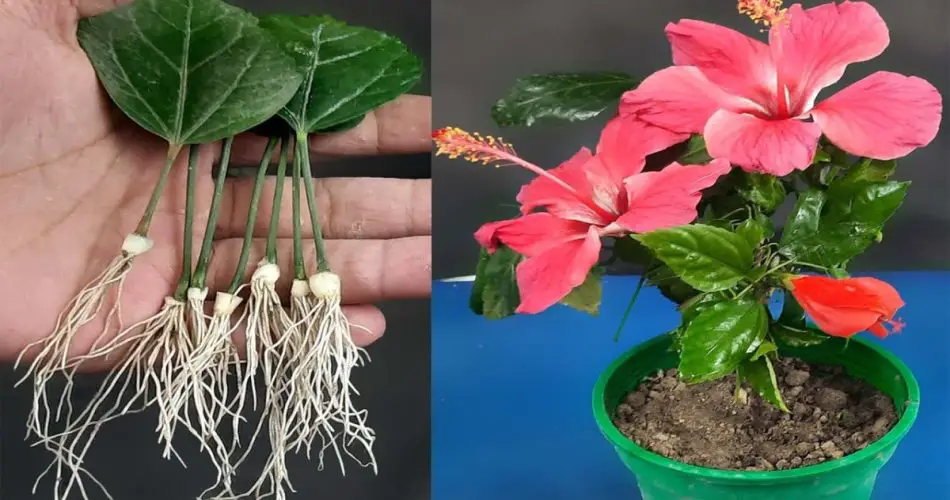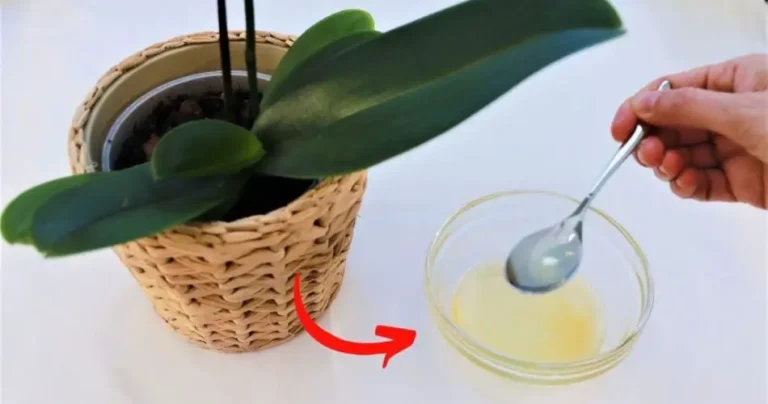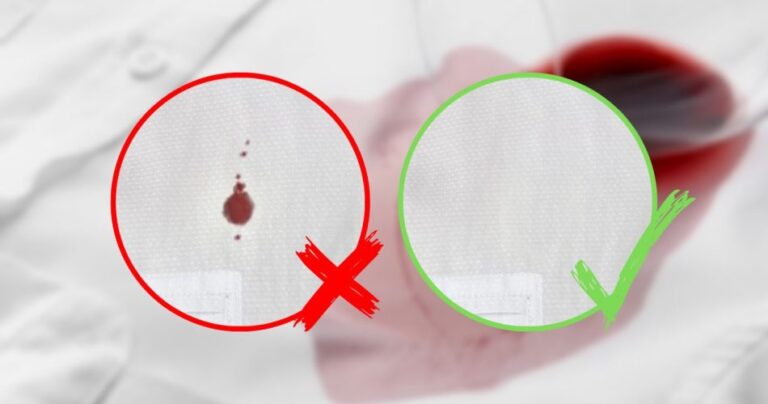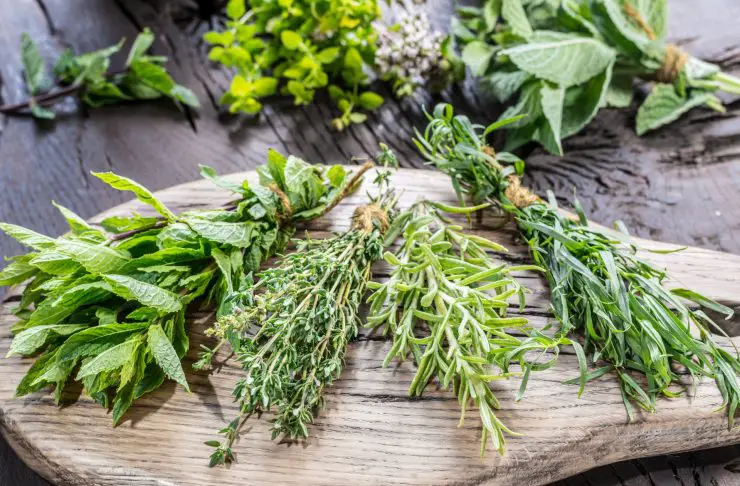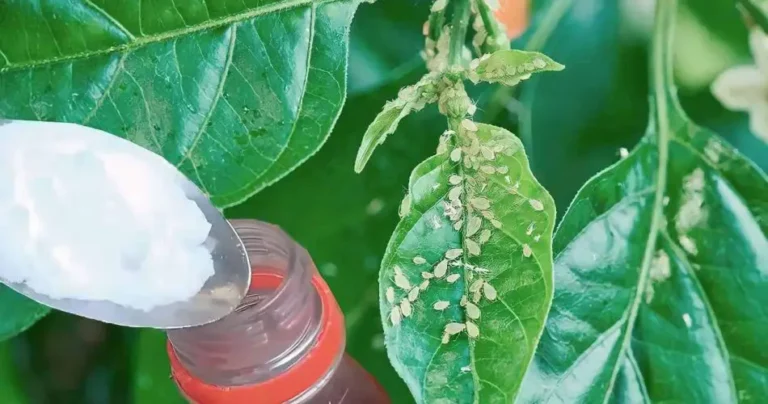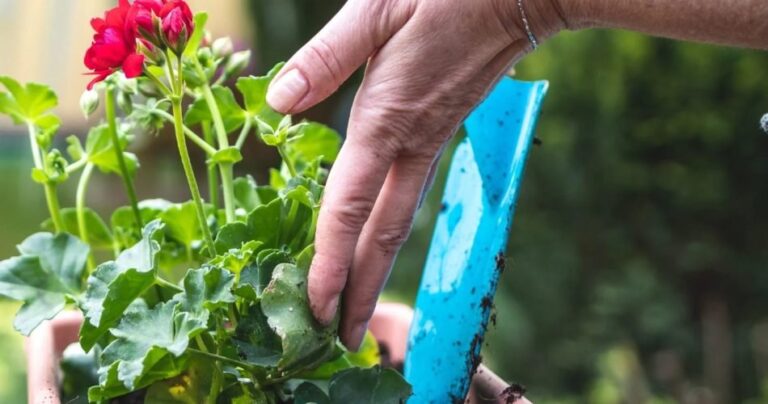How to reproduce hibiscus from leaves – New simple method!
How to reproduce hibiscus from leaves – New simple method!
Hibiscus syriacus is an ornamental plant commonly called Hibiscus in Italy.
This plant, which belongs to the Malvacce family, includes 400 different species that are widespread mainly in Europe, Oceania, America, Asia and Africa.
Next we will see how to grow these plants by burying their leaves directly.
Don’t be afraid, caring for and growing hibiscus is not an extremely difficult job. The most important thing to successfully carry out this operation is to be careful and delicate.
Let’s get started!
How to Reproduce Hibiscus from Its Leaves – New Simple Method!
The first thing you need to do is separate the leaves from the stem of the plant.
After taking the amount of leaves that we consider appropriate, and that seem healthy, we place a plastic container on a flat plate. I recommend: first you have to create a small hole in the center of the base of the bowl.
Next we fill the bowl with sand. We pour the sand to the edge and then add water. The water will have to exceed the level of the sand to cover it completely.
When the water appears absorbed by the sand, and we see something floating on the plate below, we can carefully arrange the leaves inside. The important thing is to distribute the leaves along the entire perimeter of the bowl, being careful to leave the center empty.
After 25 days we pour a drop of water into our bowl and then gently extract the leaves. Once everyone has recovered, we can admire the spontaneously born roots.
Then we remove the excess sand by pouring a little water over it.
At this point we fill a pot with garden soil.
Finally we planted just one leaf in the ground and watered it with water. Obviously we can repeat the same procedure for the other remaining sheets.
After 30 days we can admire the birth of some new leaves on the ground.
Good job everyone.
